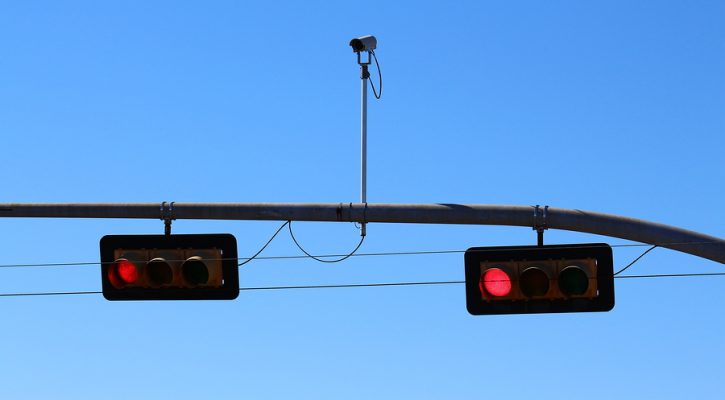
Proof: Red Light Cameras Aren’t Only About Money
July 29, 2016
There has been a spirited debate over the past few years over whether or not red light cameras save lives or are just a way for cities to make more money. While safety advocates feel that red light cameras are instrumental in saving lives, many, including law makers at both the local and state level, have taken the opinion that the cameras only purpose is to generate income for cities and, in fact, cause more crashes than they prevent. Now, a study by the Insurance Institute for Highway Safety (IIHS) shows that the cameras save lives and shutting them down will cost lives.
The IIHS study is a follow-up to another study that they conducted in 2011 that showed red light cameras not only reduced red light running fatal crashes but other types of fatal crashes as well. The new study was conducted over a longer period of time and looked at a larger number of cities for comparison.
For comparison purposes, the study looked at 57 cities with populations of over 200,000 that activated cameras and kept them in service between 1992 and 2014. Crash data in those cities were compared to the trends in 33 cities that never had cameras installed. The data showed that there were “21 percent fewer fatal red-light-running crashes per capita in cities with cameras than would have occurred without cameras and 14 percent fewer fatal crashes of all types at signalized intersections.” According to the IIHS, an estimated 1,296 lives were saved while the cameras were in operation.
The second part of the study looked at 14 cities that shut off their cameras between 2010 and 2014. The crash data in those cities were compared to the crash rate of 29 nearby cities that have cameras installed. The data showed that the fatal red light running crash rate was 30 percent higher in the cities that had turned off the cameras compared to similar cities with cameras that are still in operation.
Red light cameras have been controversial because they were initially sold to cities as a revenue generator. The money generated from tickets was supposed to more than pay for the camera’s operating costs. However, once drivers realized that there were cameras at certain intersections, they became more careful and stopped running red lights. As a result, ticket revenues went way down and the camera system became too expense to continue in operation. Many cities abandoned their cameras within a couple of years of activating them.
What many don’t realize is that preventing crashes, injuries, and deaths also saves money:
- Productivity is increased when the traffic flow isn’t blocked by a crash.
- Police, fire, and rescue are freed up for other duties and emergencies.
- Insurance costs go down.
Governments should realize that the use of red light cameras is about saving lives and not about generating income. Cities and red light camera manufacturers should work together to come up with viable business plans that rely less on ticket revenue and more on the idea that the cameras save money along with lives.
For more information, visit: Turning off red light cameras costs lives, new research shows
